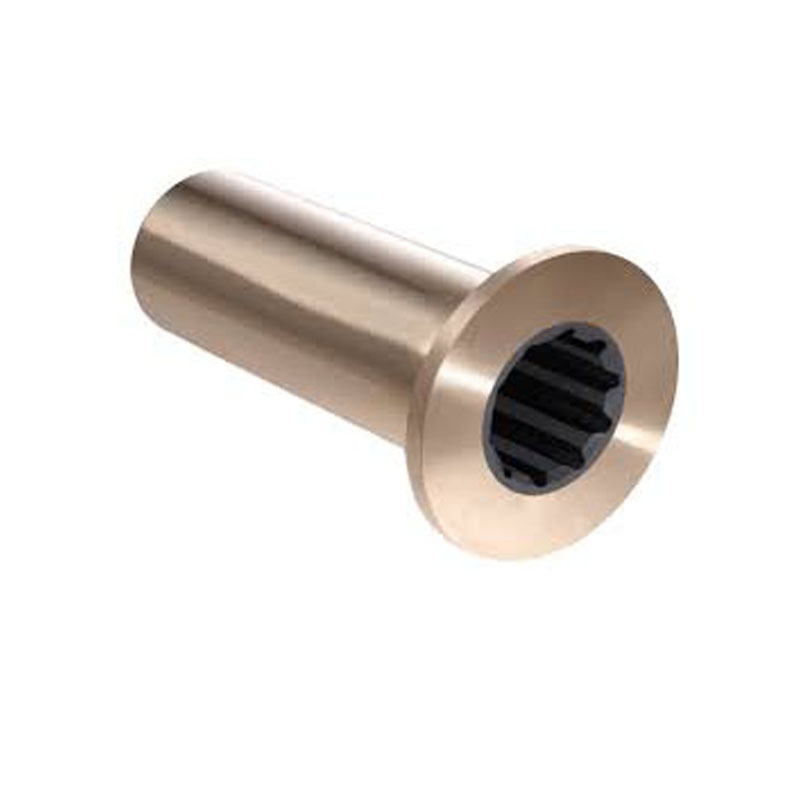Understanding the Importance of Differential Cover Seal in Vehicle Maintenance and Performance
Understanding Differential Cover Seals Importance and Maintenance
Differential cover seals are a crucial component in the functioning of a vehicle's differential system. The differential is responsible for allowing the wheels to rotate at different speeds, which is particularly important when a vehicle turns. As the wheels on the outside of a turn travel a longer distance than those on the inside, the differential enables this difference in speed, ensuring smooth handling and tire wear. At the heart of this mechanism is the differential cover, which encloses the gears and fluid necessary for operation. The seal around this cover is vital for maintaining the integrity of the differential.
Importance of Differential Cover Seals
The primary role of the differential cover seal is to prevent gear oil from leaking out of the differential housing. Differential fluid is essential for lubrication, cooling, and protecting the intricate components within the differential. A compromised seal can lead to several issues, including reduced lubrication and overheating, which can eventually result in costly repairs or even complete differential failure.
Moreover, a leaking differential cover can create a safety hazard. Oil may come into contact with the brakes or tires, reducing their effectiveness and increasing the risk of accidents. Therefore, maintaining the integrity of the differential cover seal is paramount for both vehicle performance and safety.
Signs of a Failing Differential Cover Seal
Several symptoms indicate that a differential cover seal may be failing. One of the most recognizable signs is the presence of fluid leaks under the vehicle. If you notice oil spots on your driveway or garage, it may be a strong indication that the seal is compromised. Additionally, drivers may hear unusual noises coming from the differential area, such as whining or grinding sounds, which could suggest a lack of lubrication due to a fluid leak.
differential cover seal

Another sign of a failing seal is a noticeable change in vehicle handling. If the vehicle starts to feel unstable, especially during turns, it may be due to differential issues that stem from insufficient lubrication. Monitoring these symptoms is essential for early detection and intervention, ensuring a longer lifespan for your vehicle’s differential system.
Maintenance Tips
To extend the life of your differential cover seal and the differential itself, regular maintenance is essential. Start by checking the differential fluid level and condition periodically. If the fluid appears dirty or smells burnt, it may need to be replaced. Additionally, always inspect the differential cover seal for any signs of wear or damage during routine services.
If a seal replacement is necessary, it is crucial to use high-quality OEM (Original Equipment Manufacturer) parts to ensure a proper fit and function. Many modern vehicles utilize silicone-based sealants that can provide better sealing capabilities compared to traditional gaskets.
Conclusion
In summary, differential cover seals play an essential role in the smooth operation and longevity of a vehicle's differential system. Keeping an eye on potential signs of failure and adhering to maintenance practices can prevent major issues and ensure safe driving. By valuing the significance of this often-overlooked component, vehicle owners can maintain their vehicles more effectively and enjoy a safer driving experience for years to come.
-
Understanding Automotive Oil Seals: Essential Components for Engine and Shaft Protection
News Jul.30,2025
-
The Importance of Heavy Duty Seals in Industrial and Residential Applications
News Jul.30,2025
-
Exploring Industrial Oil Seals: From Felt Oil Seals to TTO and CFW Solutions
News Jul.30,2025
-
Essential Guide to Oil Seals: From Radial to Metal-Cased Seals for Industrial Reliability
News Jul.30,2025
-
Choosing the Right Oil Seals and Gaskets for Industrial and Automotive Applications
News Jul.30,2025
-
Cassette Seals: Durable Sealing Solutions for Harsh Environments
News Jul.30,2025
-
Understanding the Front Main Engine Seal: Purpose, Maintenance, and Installation
News Jul.29,2025
Products categories















